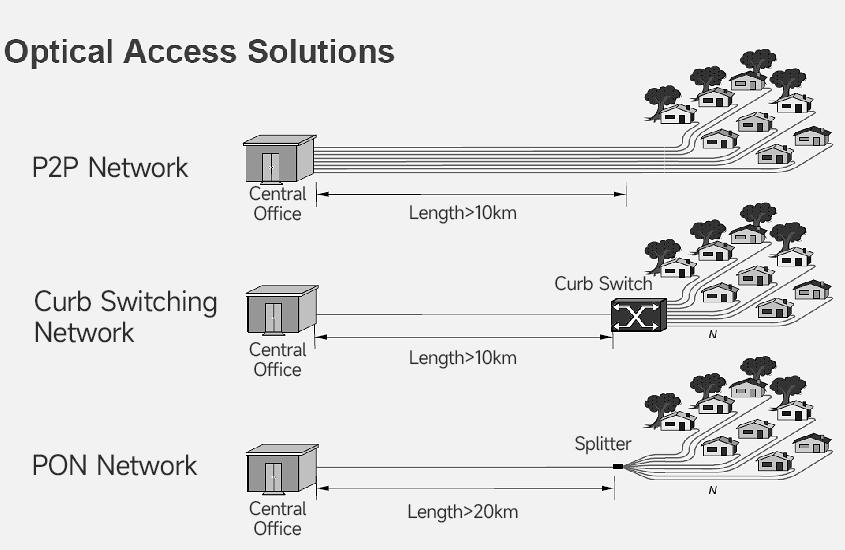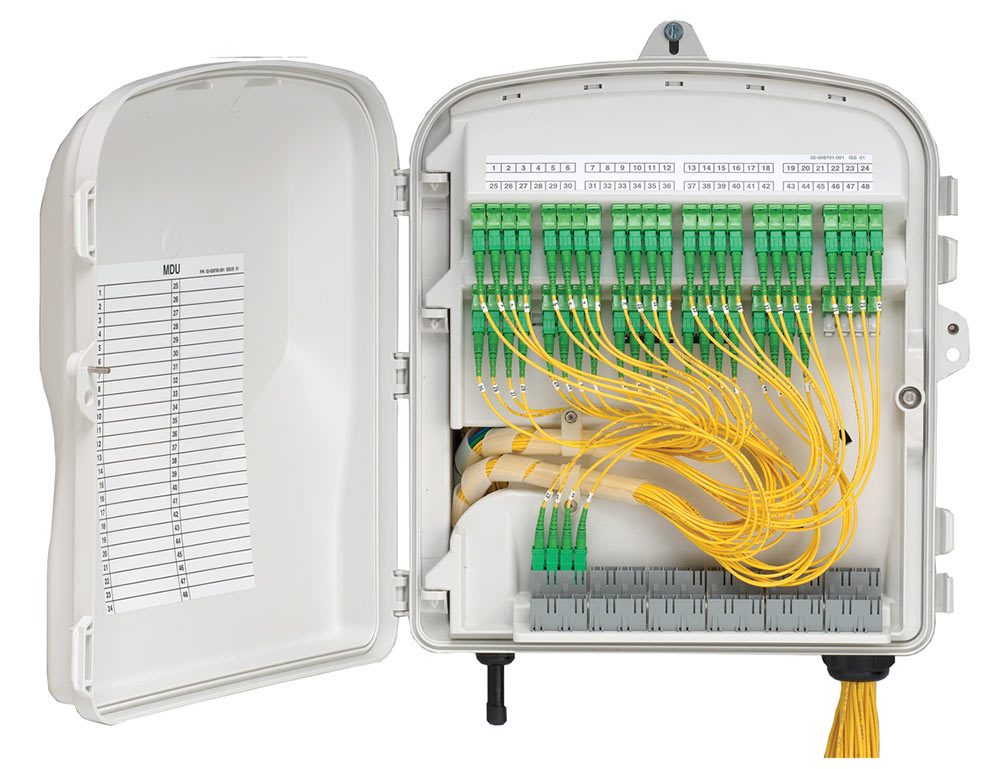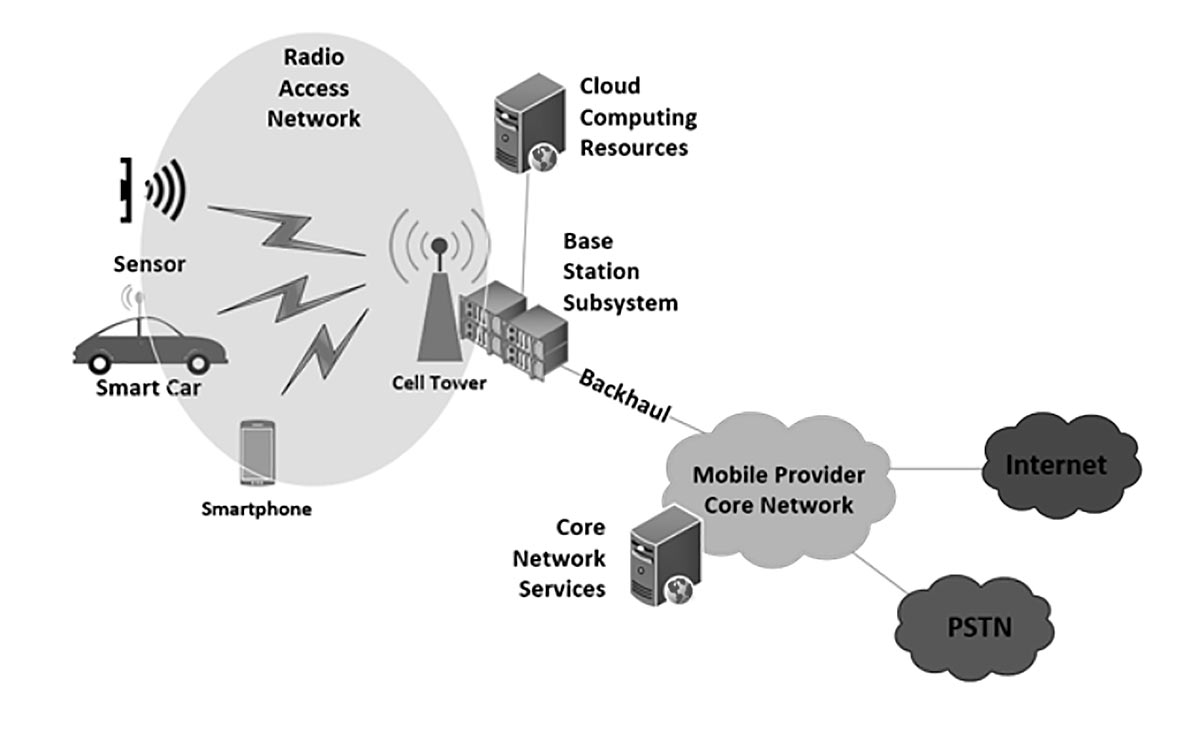O-PTP is the abbreviation of Optical Point-to-Point. It is an optical fiber communication technology mainly used to connect network nodes in two geographical locations. In the O-PTP system, information is transmitted directly between two nodes in the form of optical signals without passing through any intermediate nodes.
The main advantages of O-PTP systems include high bandwidth, low latency and high reliability. Because information is transferred directly between two nodes, the O-PTP system can provide very high data transfer rates, which is very useful for applications that require high-speed data transfer, such as connections between data centers. In addition, O-PTP systems have very low latency, which is very important for applications that require real-time communication, such as video conferencing. Finally, because the O-PTP system has only two nodes, it is very reliable and not susceptible to network failures.
However, O-PTP systems also have some disadvantages, mainly higher installation and maintenance costs since each O-PTP connection requires a separate fiber optic line. In addition, the O-PTP system has poor scalability. If more nodes need to be connected, more optical fiber lines need to be installed. Nonetheless, O-PTP systems are still a very good choice for applications that require high speed, low latency, and high reliability.

DSL, the full name is Digital Subscriber Line, and its Chinese name is Digital Subscriber Line. It is a combination of transmission technologies that uses telephone lines as the transmission medium. DSL includes ADSL (Asymmetric Digital Subscriber Line), RADSL, HDSL, VDSL, etc.
DSL is a technology standard for transmitting data so that every home can get internet and phone calls through a subscriber line. If you connect via a DSL line, you can get online much faster than via an ISDN line or modem. A DSL line consists of a copper wire over which high and low frequencies are transmitted. Telephone connections operate on a small range of low frequencies, with the rest of the bandwidth used for the Internet.
DSL is an older method used primarily by homes and businesses to send and receive data over phone lines (which can carry both voice and data). It sounds a bit similar to dial-up, but in fact, DSL is a technology superior to dial-up connection, because DSL can support Internet access and phone calls at the same time, but dial-up connection can only support Internet access or phone calls.
In general, a DSL is a language designed for the context of a specific domain. DSL is not very universal. It is designed only for a certain applicable field, but it is also sufficient to represent problems in this field and build corresponding solutions. The purpose of DSL is to record some needs and behaviors in a certain field. In some aspects (such as financial commodity trading), the applicable scenarios of DSL may be narrower. Business teams and technical teams can work together effectively through DSL, so in addition to its business use, DSL can also be used by designers and developers to design and develop applications. DSL can also be used to generate some code to solve specific problems, but generating code is not the focus of DSL, but the combination of professional domain knowledge. Of course, code generation is a huge advantage in domain engineering.

In optical fiber communications, MDU (Multi-Dwelling Unit) is a deployment solution for ONU (Optical Network Unit). MDU is mainly used for the access of multiple residential users under the FTTB (Fiber To The Building) application type. It generally has at least 4 user-side interfaces, usually 8-way, 16-way, 24-way FE or FE+ POTS (landline telephone) interface.

5G RAN is the abbreviation of 5G Radio Access Network, which refers to the 5G wireless access network. It is part of the 5G network and is responsible for managing the wireless link between user devices and the network.
The RAN in the 5G network becomes NG-RAN (Next Generation Radio Access Network), which belongs to the access network part of the 5G network. NG-RAN contains two types of access nodes (the corresponding physical entities are base stations): gNodeB and ng-eNodeB.
5G RAN not only enhances user experience with improved broadband and connectivity solutions, but also opens up rich possibilities for industry-wide innovation, such as smart cities, autonomous vehicles, and the Internet of Things (IoT). RAN is at the heart of connectivity, bridging the gap between countless devices and the core network, and is critical to unlocking the transformative potential of 5G - lightning speeds, near-zero latency and ubiquitous coverage.
Overall, 5G RAN is a key component of 5G networks, connecting individual devices such as smartphones, laptops, and IoT devices to the rest of the network via radio connections. The technical foundation of 5G RAN enables 5G networks to support a large number of user devices and provide services for various applications, such as enhanced mobile broadband (eMBB) and massive machine type communications (mMTC) and ultra-reliable low latency communications (URLLC).
